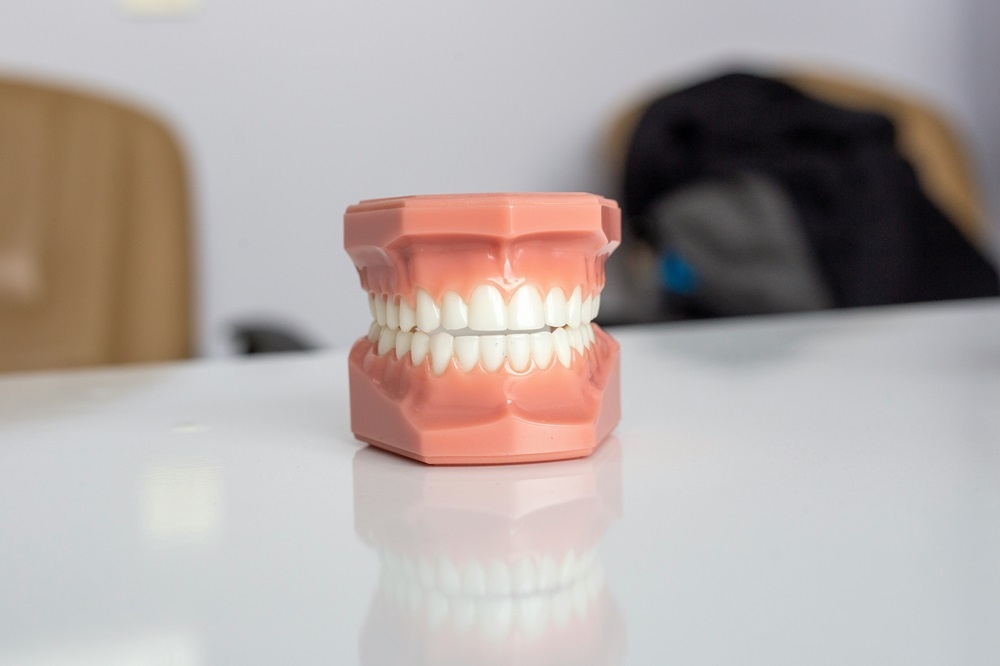MAY 25 — Have you ever heard of “rabbit teeth” or gigi jongang? This common dental issue is technically known as Class II malocclusion, where the upper front teeth protrude forward more than the lower front teeth.
The gap between these upper and lower front teeth is referred to as an overjet. Astonishingly, this condition affects a significant percentage of Malaysian children, with statistics showing that 17.6 per cent of them suffer from this “rabbit teeth” condition.
Regrettably, this dental dilemma often exposes children to psychosocial challenges, including teasing, nicknaming, and bullying by their peers.
Furthermore, an overjet that exceeds six millimetres presents an increased risk of dental injury during physical activities or sports.
Common dental injuries include tooth fracture, misalignment, or even loss, as high as two times the odds. And this risk escalates as the overjet becomes more pronounced.
But is there hope for early intervention? The answer, thankfully, is a resounding “Yes!”
Thanks to the innovative Twin Block appliance, children and adolescents can effectively address this issue.
The Twin Block is a removable orthodontic device designed to harmonise both the upper and lower teeth. It actively participates in the development of the jaw bones, ensuring they mature into the correct shape, size, and position by directing their growth. This device capitalises on the natural development of the jaw by engaging the power of our chewing muscles.
Consisting of two removable plates — one for the upper jaw and one for the lower jaw — the Twin Block derives its name from its dual components. These blocks seamlessly fit together, promoting a proper alignment of both jaws and teeth.
Among the various oral appliances available, the Twin Block stands out as the most comfortable, effective, and aesthetically pleasing option.
Malaysians favour it for its soft plastic material, eliminating the need for traditional metal braces and wires. Patients generally find it comfortable to wear, without the frequent adjustments associated with conventional braces.
The Twin Block is typically worn for 22 to 24 hours daily, with allowances for removal during meals, tooth brushing, or contact sports.
Initially, it may cause slight fatigue in the jaw and facial muscles, especially during meals. However, children and adolescents will quickly adapt to this appliance.
With consistent wear, excellent results can be achieved, and the treatment typically lasts for nine to 12 months. In some cases, the Twin Block appliance may be the sole treatment, while in others, it is followed by fixed braces.

The optimal age for using the Twin Block appliance is generally 10 to 12 years for girls and 12 to 14 years for boys. Unfortunately, many individuals miss this crucial window and seek treatment during adulthood.
While Twin Block appliances can be used for adults with malocclusions, their effectiveness diminishes in this age group. In some cases, delayed presentations can be resolved with braces alone, but severe cases may require major jaw surgery.
In summary, Twin Block treatment offers a safe and effective solution to correct “rabbit teeth” in children and adolescents. It boasts several advantages over traditional orthodontic braces, including shorter treatment times, enhanced comfort, and minimal interference with daily activities.
And please don’t delay — opt for early treatment to prevent trauma and mitigate the negative psychosocial effects of this common dental issue. Ask for it the next time you visit the dentist, ya?
* Assoc Prof Dr Saritha Sivarajan and Assoc Prof Dr Lau May Nak are from the Department of Paediatric Dentistry and Orthodontics, Faculty Of Dentistry, Universiti Malaya.
** This is the personal opinion of the writer or publication and does not necessarily represent the views of Malay Mail.





















